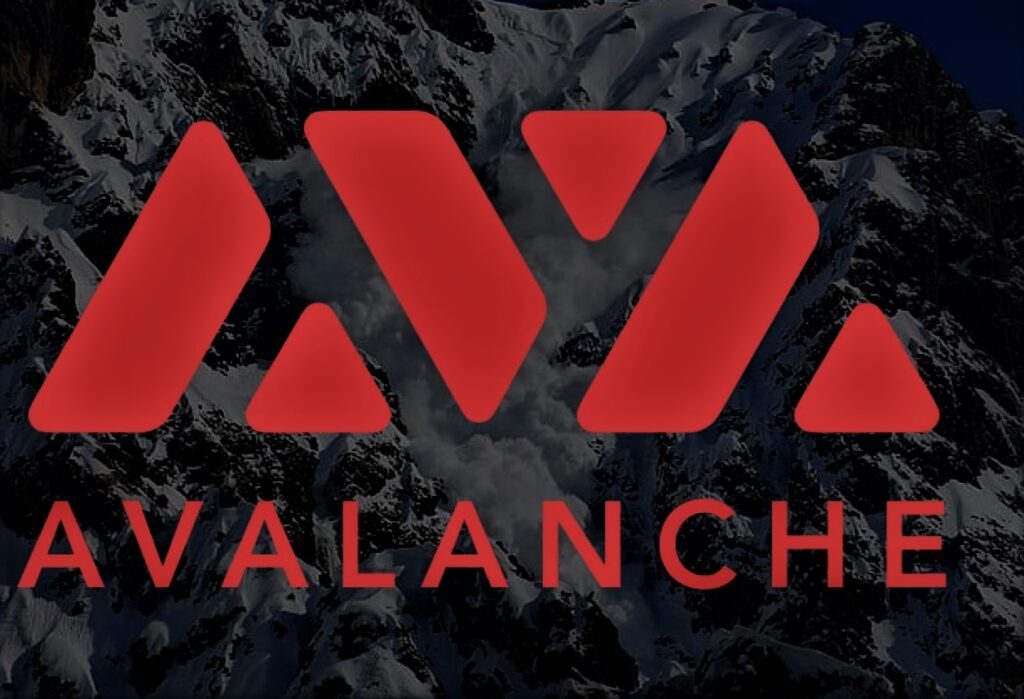
Concept of Avalanche Blockchain
24hr
| Low: $12.32 | High: $16.38 |
Avalanche (AVAX) is a cryptocurrency and blockchain platform that rivals Ethereum. AVAX is a branch of the Avalanche blockchain, which, like Ethereum, uses smart contracts to support many blockchain projects. Avalanche blockchain can provide instant transaction termination. AVAX is used to pay transaction processing fees, secure the Avalanche Network, and act as a branch of account between the blockchains of the Avalanche Network. The Avalanche blockchain is reported to be able to process 4,500 transactions per second.
Launched in 2020, Avalanche aims to be faster, faster, safer, cheaper, and more accessible. Additionally, Avalanche is an open source project, meaning that anyone can view and contribute to the platform’s code
Avalanche (AVAX) has unique and innovative technology
Most blockchains don’t scale or lose functionality as they try to grow. This is a longstanding problem for many blockchains. However, the Avalanche network overcomes many of the problems associated with other blockchains by having three interoperable blockchains:
X-Chain – using Avalanche’s consensus system, X-Chain creates and trades AVAX tokens and other assets.
C-Chain – a contract chain that supports decentralized applications and smart contracts. Thanks to the Avalanche Virtual Machine (AVM), developers can embed EVM (Ethereum Virtual Machine) compatible DApps
P-Chain – a platform that organizes network supporters. It keeps track of active subnets and makes it easy to create new subnets.
How to buy Avalanche coins
You can buy AVAX on the cryptocurrency exchange. We don’t have it at Currency.com, but we’ll let you know if and when we do. You can also find Avax as a reward to do some jobs in security security. What you will remember, if you want to invest in planets you will make your own review. Remember that cryptocvereies can be involved in it, price can be drop and, you will never invest more than you.
How did the avalanche happen
Finally, a brief history of the AVAX coin: it was launched in 2020, when the first coin offering raised $42 million. Avalanche crypto itself is the brainchild of Ava Labs founded by Emin Gün Sirer, Professor of Computer Science at Cornell University, USA. Gün Sirer is one of the pioneers of cryptocurrency, writing about the Karma peer-to-peer payment system in 2003, six years before the first Bitcoin white paper was released. He leads a team of over 60 people, including co-founders Kevin Sekniqi and Maofan ‘Ted’ Yin, running Ava Labs and by extension the Avalanche blockchain and AVAX cryptocurrency.
Working Principle of Avalanche

The main novelty of Avalanche is that it is made up of three blockchains rather than the traditional one. The reasoning behind this architectural decision is brilliant: rather than having one chain running everything, each blockchain focuses on a certain purpose within the Avalanche ecosystem. By spreading operations across multiple chains, the Avalanche platform can fulfill three of the golden attributes of blockchain – decentralization, security, and scalability.
Change string (X string)
The Exchange Chain (X-Chain) is a blockchain that allows creating assets on the Avalanche market. AVAX, Avalanche’s flagship, is the most popular cryptocurrency on the network right now, although JOE and PNG, the token exchange, are not far behind.
Transactions are paid on X-Chain and AVAX. This is similar to how to calculate Ethereum gas and pay in ETH. Even if it comes with JOE tokens, the fees are still settled in AVAX.
Contracts Chain (C-Chain)
The maximum identification of smart contract. The developers can use this authorization to produce avalancher when they benefit from security and points. The C-Chain is an Ethereum Virtual Machine (EVM) smart contract for the Avalanche platform. Because Avalanche enables EVM, anyone can use it to deploy Ethereum smart contracts. So what is the problem? Existing Ethereum developers, such as DeFi giants Aave, can quickly release their product version of Avalanche. When building Ethereum smart contracts on top of Avalanche, developers can use the same Ethereum infrastructure they already use to access Avalanche services.
platform chain (P chain)
In Avalanche, these blockchains are called subnets, and P-Chain acts as the default subnet for everyone. P-Chain maintains a system of sponsors to manage the landscape of Avalanche subnets. However, subnets are also responsible for identifying P-Chain.
The future of AVAX
Avalanche isn’t even two years old, but it’s already one of the top twenty grossers by market capitalization. This rapid increase in the price chart shows how well the project’s visibility has improved. It took Ethereum around 3 years to reach $11 billion in total DeFi value locked, while Avalanche managed to get there in just 10 months. As fast as this growth has been, it’s really just the beginning. Ovalanche is expressed in the amount of $ 220 checks of “deductive acceleration of development, taste by the environment and employees. – Comment zone from a variety of space by Avalan , transactions, nft and applications to support others appear, identification. “
The bright amounts should grow the necessary activity in the growth of the mystery of the mystery of the sky that attracts it in a new form. As long as gas prices remain high on Ethereum, Avalanche will continue to rob users who are tired of deciding whether or not they can trade.
For more, this Medium article outlines 12 more reasons why the author danced with Avalanche and the AVAX brand.
Avalanche Benefits (AVAX)
The main advantages of Avalanche are mainly due to its development characteristics. The inventors of Avalanche have discovered a way to overcome common problems with blockchains by using the network’s unique structure. Relationship
Only a few blockchains allow cross-platform trading of different types of cryptocurrencies and data. Avalanche allows different blockchains to share data and essentially “interact” with each other, making interactions easier. scalability
Bitcoin (BTC) mining requires a lot of energy and computing power. Ethereum has a transaction rate of 15 transactions per minute. Because of these limitations, these blockchains are difficult to develop, despite their power and value. On the other hand, Avalanche was designed from the ground up to be highly scalable, with a business speed of two and a large processing power. To use
Usability, or the ease of use and application of a program or technology in different applications and uses, is one of the main issues when considering technology. Avalanche has proven to be effective in various situations and is gaining momentum in the crypto world at a rate that rivals Ethereum.

